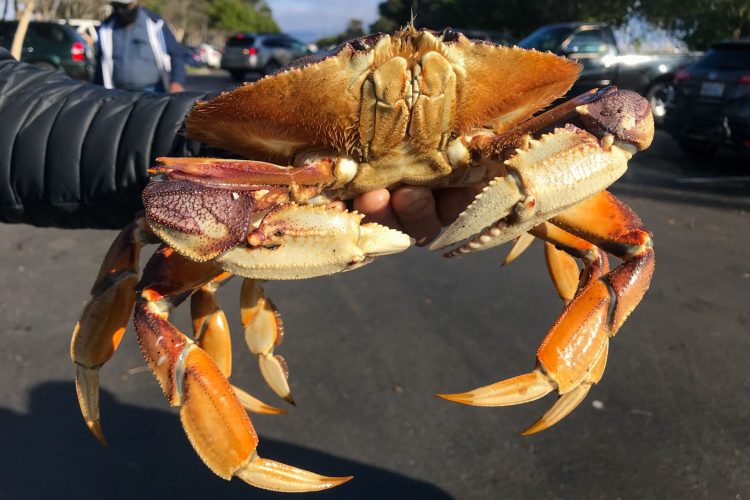Dungeness crabs are a sought-after species in Oregon, known for their delicious seafood and entertaining nature. They are not only tasty but also entertaining to learn about.
All You Need to Know About Dungeness Crab
Dungeness crabs are intriguing animals with a rich history! Please have a look at all there is to know about Dungeness crabs, from their size and origins to how to capture and cook them! Find more info about: Dungeness Crab legs
What exactly are Dungeness Crabs?
Cancer magister is the Latin name for Dungeness crab, and it is recognized by the Integrated Taxonomic Information System. This Latin name, however, is commonly connected with the zodiac sign “cancer.” Even while that specific zodiac sign does not symbolize the crab, few people realize that cancer magister stands for Dungeness crab!
The Dungeness crab, known by its Latin name Metacarcinus magister, is named after its productive site, Dungeness Spit, located near the Juan de Fuca Strait in Northwest Washington. It is also named after a beach in England.
What distinguishes the Dungeness crab?
Dungeness crabs are 4-5 years old, spherical with a smooth fan-shaped shell. They molt regularly, with smaller crabs more frequently and bigger ones biannually until sexual maturity. Females reproduce during the soft-shell molted period, generating multiple fertilized eggs. Dungeness crabs are found in muddy ocean floors and eelgrass beds, consuming clams, crustaceans, prawns, and worms. They have a clean diet and use claws to crack shells to access flesh. They can live up to 13 years, with males typically collected at four.
Crabbing Season for Dungeness Crab
Dungeness crabs can be easily caught with practice and competence. South Beach or the Historic Bayfront are popular locations for crabbing, while charters can be hired for boating. However, it’s important to be aware of Oregon Sport Fishing limitations and use only three pieces of crab gear. Targeting Dungeness crabs from late summer to early autumn is recommended. Most of the country’s Dungeness crabs are found in California, Oregon, and Washington. In 2014, fishermen collected 53 million pounds of Dungeness crabs, bringing in $169 million, accounting for about a quarter of the Pacific region’s fishing business.
Dungeness Crab Cleaning and Cooking
To clean a Dungeness crab, boil or steam it. Boiling involves salting water, seasoning with spices, and simmering for 10-15 minutes. Steaming involves filling a large saucepan with salt water, placing the crab in a steamer basket, and covering the pot. Allow 15-20 minutes before removing the crab. After completing these procedures, cool the crab and remove its apron, carapace, gills, and mandibles.
After that, rinse the crab clean and use it in a variety of dishes, including:
- Dungeness crab steamed
- Oven-roasted The Dungeness crab
- Garlic butter sautéed The Dungeness crab
- Cakes with Dungeness crab
- Gumbo with Dungeness crab boil
- And even more!
Finishing Up
Discover Dungeness crab knowledge, fishing tips, Newport facts, and charter services through our blog entries and informative Newport articles.

